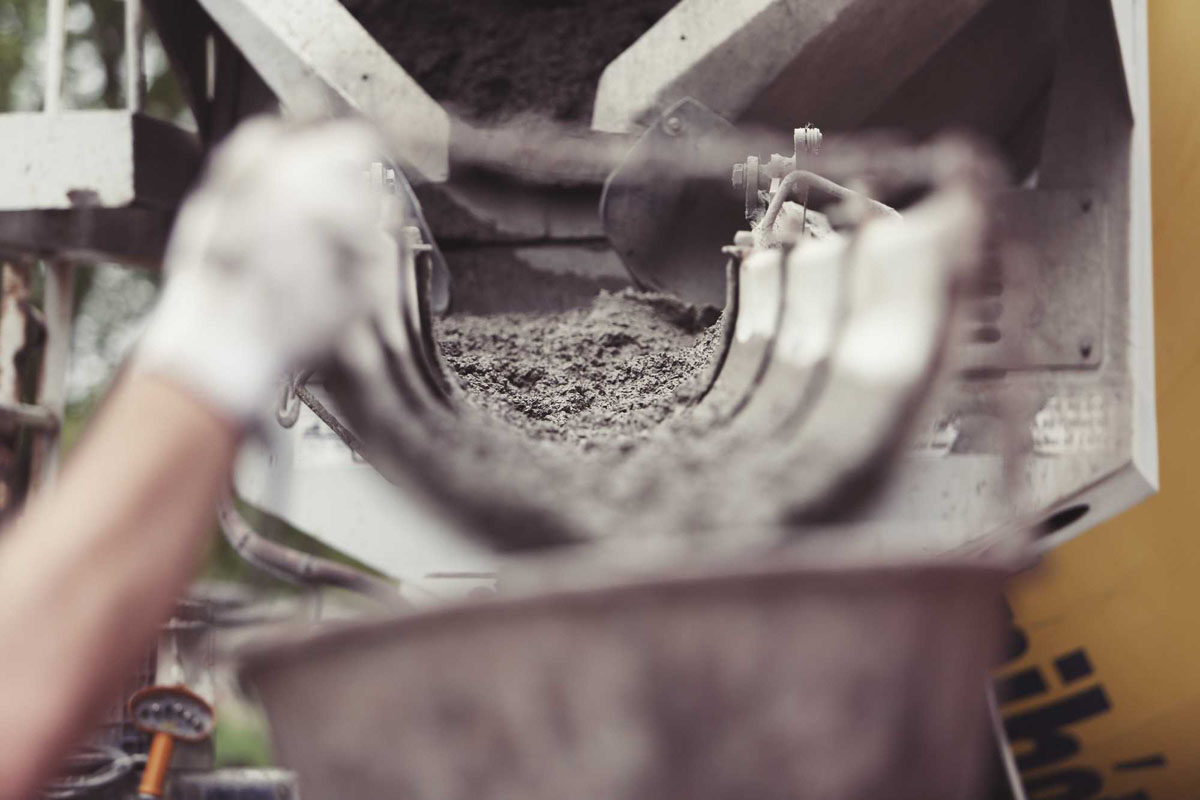Precast concrete is a popular concrete product that’s poured in a controlled factory environment as opposed to on site. It’s strong, versatile, and durable, making it highly popular for building everything from culverts and pillars to foundations and bridges. It’s used in healthcare, education, parking lots, malls, and transportation, among other use cases.
But how exactly is it manufactured? Here’s your step-by-step guide.
The Concrete Products Are Engineered and Designed
Each precast concrete project starts with a design engineer setting the component requirements. These requirements ensure that the appropriate reinforcements are used to meet the structural requirements. They might also include the soil type and water table for the area, as well as information on adjacent buildings. They’ll include the product’s components, such as the size and length of the rebar and how much concrete to use.
The detailed drawings are then drafted and sent to the engineer for approval, at which time production drawings are created. These are sent to the manufacturer to create the specified products.
The Rebar Cage Is Prepared
The first step to occur on the manufacturing floor is the assembly of the rebar cage. During this time, the production team will cut all rebar to the necessary lengths, bend them, and tie them together to match the engineer’s design.
A Mold Is Made
Precast is versatile because it can be made into virtually any shape or size. A standard reusable and adjustable mold is typically used. However, a custom mould can be created to meet the buyer’s unique needs. This means no on-site forms have to be constructed, saving time and resources on the construction site.
In particular, the team will prep the form for openings or knockouts. Openings are used in areas where junctions or pipes are needed. Knockouts, on the other hand, are thinner wall sections that allow openings to be knocked out in the field. This is often used when a subcontractor has to add an electrical conduit or communication line into the concrete on site. Openings and knockouts are created into the mold with foam inserts, which are then removed after curing.
An oil is then applied to make it easy to release the concrete from the mold once it has cured, and the rebar cage is lowered into the form.
A Pre-Pour Inspection Is Undertaken
The form is complete, but the manufacturer will ensure to inspect it carefully before any concrete is poured. This pre-pour inspection is conducted by a certified quality-control technician to ensure the mold exactly meets the design specifications.
The Concrete Is Mixed and Poured
Once the inspection has been completed and the form has been approved, the concrete is then mixed according to the concrete mix design specified by the engineer. The mixture includes aggregates, water, cement, and admixtures.
A variety of quality control tests are then conducted, including sample cylinders to check the quality and compressive strength of each batch and spread testing to check the flow and segregation of the aggregate.
If the batch passes all the quality control measures, it’s then transported to a dispensing machine and poured into the mold using an overhead crane. Great care is taken to prevent trapping air voids. Sometimes, a vibrating table is used to settle the concrete into the mold.
Once all the concrete is poured, the top is levelled off and the requested finishes are applied.
Architectural Finishes Are Added
Architectural finishes, including polishing and staining, can be added to precast concrete. Finishing options are almost limitless.
It’s Cured
Curing concrete in a controlled factory environment is highly advantageous. It occurs immediately after the concrete is poured. Construction crews can move forward with other tasks rather than waiting for the concrete to cure in the field. Curing onsite concrete also comes with the risk of inclement weather. Curing it in a factory environment ensures a consistently high-quality, strong, and durable product by eliminating the challenges that rain, wind, and other elements bring to the process.
The Concrete Products Are Transported to the Construction Site
Once the manufacturing process is complete, the product is stripped from the forms, inspected, and transported to the construction site and put into position. Typically, a mobile crane is used for installation. Precast concrete is often preferred over poured concrete precisely because of this quick and easy installation.

